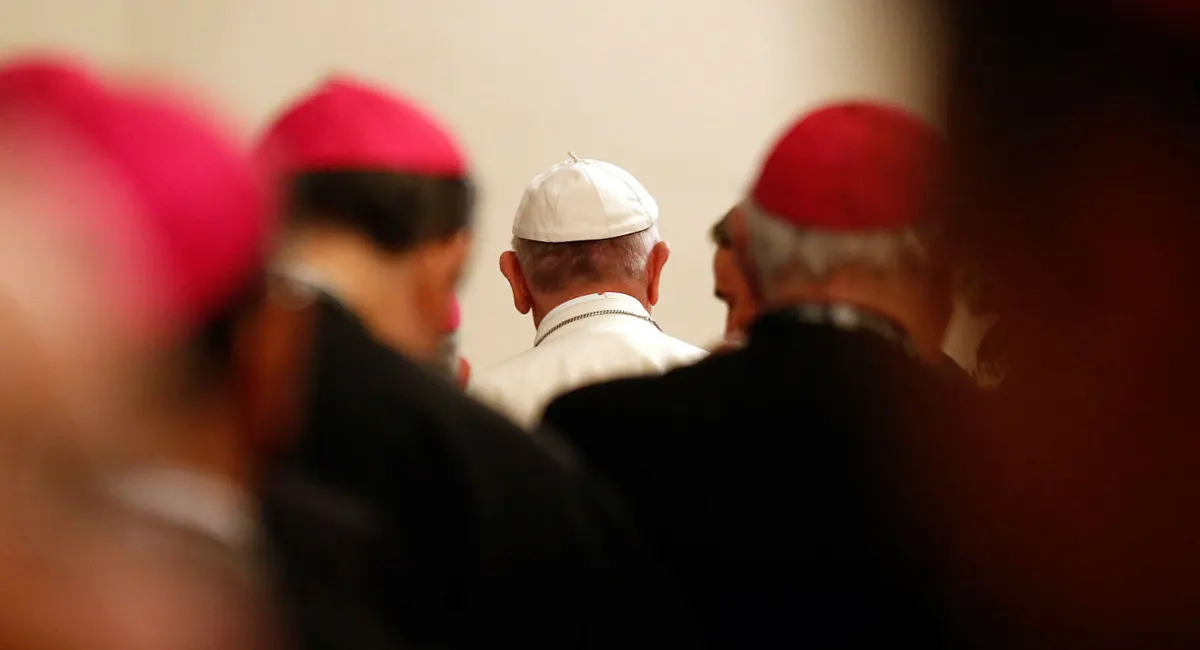
From the outside view, especially amid today’s debates on gender and equality, the Catholic Church’s teaching that only men can be ordained as priests remains a point of contention, even though the Church maintains that this teaching isn’t rooted in sexism or favouritism. Rather, it is based on theological, scriptural, and symbolic truths passed down for over 2,000 years. This is a topic worth writing about, and as much as we could gather, here are the reasons the Church gives on why women cannot be priests.
Jesus Chose Men as His Apostles
The basic answer is the example set by Jesus Himself. During His public ministry, despite having a number of devoted female followers like Mary Magdalene and Martha, Jesus chose only men as His twelve apostles. This choice, recorded in Luke 6:12-16, came after a night of prayer and is considered by the Church to be intentional and foundational. The priesthood is seen as a continuation of that apostolic line.
Not About Value or Superiority
This teaching doesn’t imply that men are more important or holier than women. In fact, the Catholic Church gives the highest human honour to a woman, the Virgin Mary, the mother of Jesus, as the greatest of all saints, honoured even above the apostles. In Luke 1:28 (Douay Rheims Bible), the angel Gabriel calls her “full of grace,” and in Luke 1:42, Elizabeth says, “Blessed are you among women.” No Priest, Bishop, or Pope receives such praise in Scripture.
Think of it like this: Why can’t men get pregnant? Is it because they’re inferior? No. It’s because men and women have different roles, both of which are essential. In the same way, the priesthood is not about power or status but about a specific vocation to represent Christ “as a man,” meaning that, acting in persona Christi (in the person of Christ), the priest represents Jesus Himself, who was incarnated as a male.
The Symbolism of Fatherhood and Motherhood (Man & Woman)
Priests are called “Father.” If women were ordained, would they be called “Mother”? Possibly, but the meaning would be different. A mother and a father aren’t interchangeable. Their roles are distinct yet equally necessary. The Church holds this distinction as part of God’s design, not a social construct.
As 1 Corinthians 11:3 puts it: “The head of every man is Christ, the head of a woman is man, and the head of Christ is God.” Here, “head” points to a structure of responsibility and love, not dominance.
The Church as Mother, the Priest as Bridegroom, and Eucharist as Union
For centuries, the Church has been described in feminine terms, as “Mother Church.” Simply because she receives (the congregation), nurtures, and gives life to faith. In Ephesians 5:25-27, Paul draws on the language of marriage to describe Christ’s relationship to the Church: Christ as the Bridegroom, the Church as His Bride. In the liturgy, the priest (representing Christ) offers the Eucharist to the Church, symbolising this union.
Where did that leave women?
The Eucharist and the Life-Giving Seed (Explainer)
Every Mass in the Catholic faith is a spiritual act of creation. From the altar, the priest brings forth the Eucharist, the Body and Blood of Christ, which is the “life-giving seed” of grace. In human life, that kind of creation can only happen between one man and one woman, not between two men, and not between two women. The man provides the seed, but it goes nowhere without a woman to receive it, nurture it, and bring forth new life. In the same way, the priest offers the Eucharist, and the Church, as Mother, receives it and gives life to the world through holiness, service, and virtue.
Complementary Roles
In this view, the priesthood is not about status but about symbolism and sacramental function. The priest represents Christ the Bridegroom, and the Church, made up of men and women, is His Bride. Their roles are distinct but interdependent; Christ gives, the Church receives and brings forth life. This mutual relationship reflects how grace flows and bears fruit in the world.
So why can’t women be priests in the Catholic Church? It’s not because they are lesser, but because they already embody something irreplaceable: the Church as Mother. This teaching follows the example set by Christ Himself. Priests, called “Father,” represent Christ the Bridegroom in His union with the Church, His Bride, and they offer the Eucharist, the life-giving gift of grace, to her.
If you like this kind of content, join our WhatsApp channel for more!